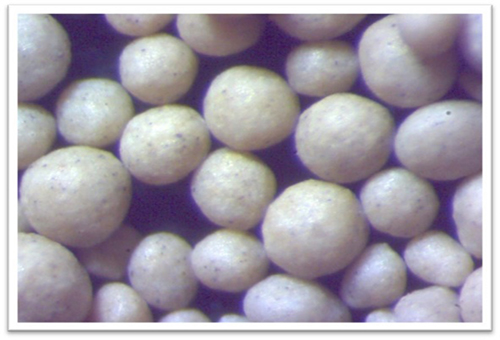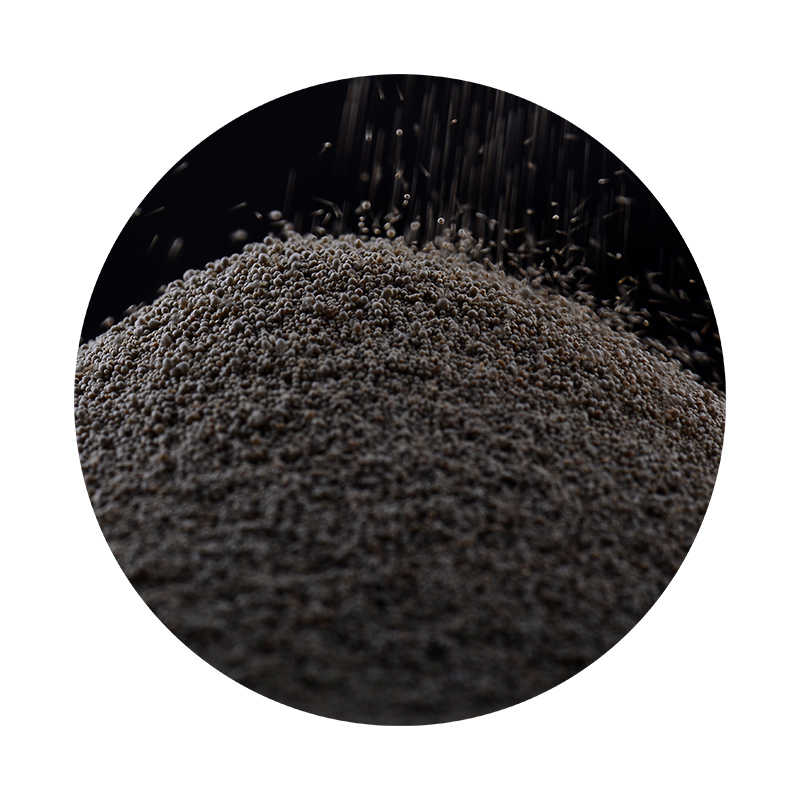

Emphasizing trustworthiness, quality inspection is an integral part of the sand casting process. Non-destructive testing techniques, such as X-ray and ultrasonic inspections, allow manufacturers to verify the integrity and quality of cast components. Experience with these technologies ensures that the final products meet stringent industry standards and customer expectations, boosting confidence in the manufacturing process. Sand casting also demands proficient control over melting and pouring. The metal must be heated to precise temperatures to achieve optimal fluidity without causing excessive reactions with mold components. A deep understanding of metallurgy is crucial, ensuring that only the highest-quality alloys are chosen, matching the specific mechanical properties required by the end product. Sustainability is increasingly vital in modern manufacturing. Sand casting process experts innovate by reclaiming and reusing sand, effectively reducing waste and cost, while adhering to environmental standards. This sustainable practice enhances the trust in manufacturers committed to corporate responsibility. In summary, a product-focused approach to sand casting combines extensive experience, expert process control, authoritative knowledge, and a commitment to quality and sustainability. These attributes together ensure that sand casting remains a reliable and advanced manufacturing technique suited for a myriad of applications across different industries. Post time:Jan . 14, 2025 11:28
Next:is sand casting sustainable
